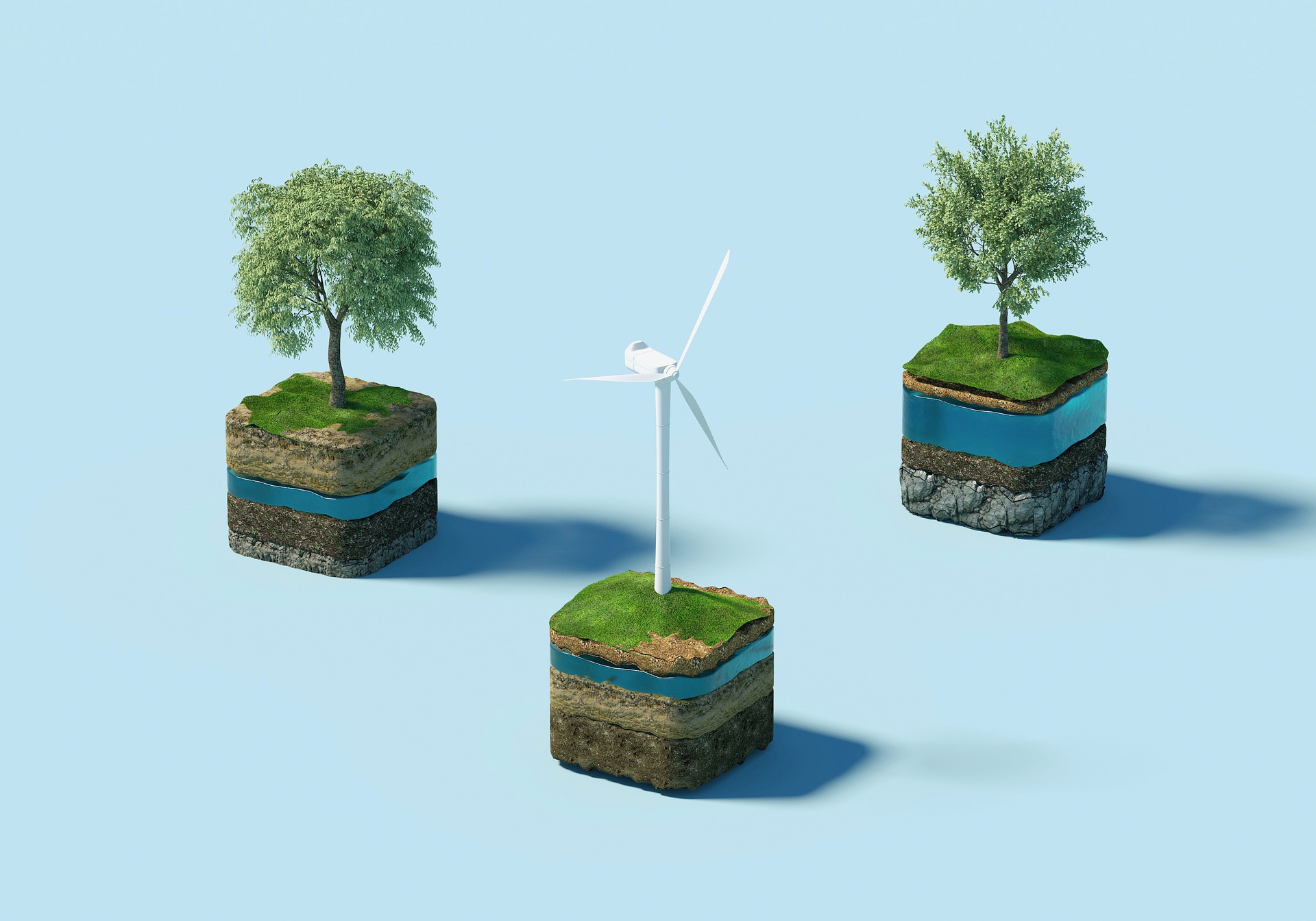
Wind energy experts agreed: Europe needs to invest more in Research and Innovation to diversify and scale-up composite recycling technologies. European industries and policymakers must commit to a circular economy and reduce environmental impacts throughout product life cycles.
A sustainable decommission of the first generation of wind turbines has become one of the current challenges for the onshore wind sector. Today 34,000 turbines are 15 years or older, representing 36 GW of onshore wind capacity. Most of these old turbines are in Germany, Denmark, the Netherlands, United Kingdom, France, Italy, and Spain. These countries hold 70% of Europe’s old installed capacity. They will be a big market for decommissioning onshore wind farms over the next decade.
Wind turbines already have a recyclability rate of 85% to 90%. However, wind turbine blades represent a specific challenge due to the complex nature of materials used to manufacture them. To face this challenge, the wind industry is committed to develop a more circular approach to blade manufacturing and decommissioning.
Last week Christina Aabo (Ørsted) and Hanif Mashal (LM Wind Power), members of the ETIPWind Advisory Group, participated in the WindEurope End-of-Life Issues and Strategies seminar (EOLIS 2020). This event explored what happens when wind turbines reach the end of their operational life. The next steps must be carried out through sustainable decommissioning aligned with a circular economy. Anne Velenturf (University of Leeds) highlighted that “designing and planning within a circular economy system at every life cycle stage will create new business opportunities”.
We also need to stimulate cross-sector collaboration and sharing of best practices. At the moment “there is limited user demand for the recovered composite material. And recycling companies have difficulties building their business case”, said Marylise Schmid (WindEurope). Creating synergies across sectors will facilitate the market uptake of composite material recycling technologies.
But to achieve full circularity in blades we need to invest more in Research and Innovation. The EU must fund the diversification and scale-up of recycling technologies in its next framework programme Horizon Europe, taking into account the environmental impacts of each solution.
Find all the recommendations in our ETIPWind report “How wind is going circular: blade recycling”.
More information:
WindEurope Decommissioning report
